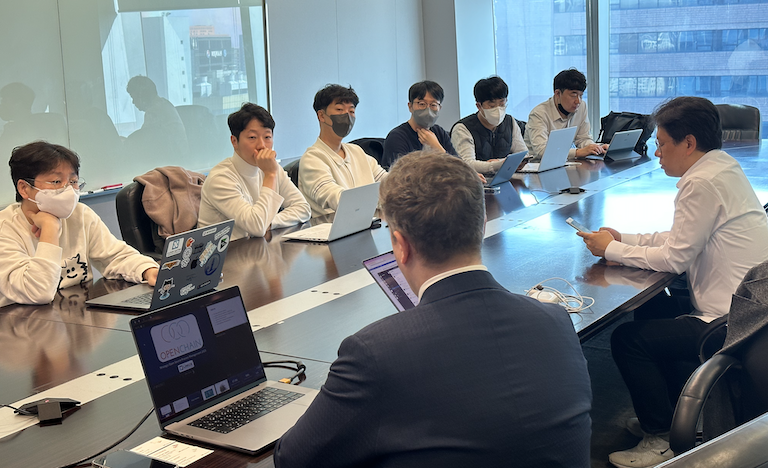From our UK Work Group Chair, Andrew Katz:
First of all, a big thank-you to Tom Sadler and David Buckhurst [at the BBC] for hosting the meeting yesterday. I’m sorry not to be able to make the meeting personally and I remain envious! And thank you also to all those who took the time to attend, both virtually and in person. Thank you also to Shane for a great update on everything going on in the world of OpenChain, and to Martin Yagi for the great work he’s done on the bite-sized training project. Also, thanks to Steve Kilbane for his questions and thoughts on the end-to-end compliance issue, and also to Sami for his input and agreeing to hold the fort. I hope that, for those who travelled, that you had safe and uneventful journeys home.
I will be circulating a note shortly summarising the outcomes from the meeting, and suggesting some dates for the next meeting, which will also be a hybrid in-person/virtual event, probably at the end of May or the beginning of June.
This post will be updated with Andrew’s notes as they become available.










